
In search of paradise
My last blog reminded me of the time, some years ago, when I backpacked around the Society Islands in the South Pacific. I started reminiscing, so I dug out an article I wrote on my return and I thought I'd share it with you. With all the rain we're having here in the UK, I think many of us would like to be lazing on a white-sand beach, drinking milk from a coconut, freshly plucked from a palm tree. But paradise is not all it seems.
Following in the footsteps of Robert Louis Stevenson, W. Somerset Maugham and Rupert Brooke, to name but a few, and armed with my backpack, mosquito repellent and Lonely Planet guidebook, I set off in search of paradise. Well, it looked so good in the Bounty chocolate bar adverts and I needed a break. What could be better than spending several weeks backpacking around the Society Islands of French Polynesia?I flew into Papeete, Tahiti's capital and, as soon as I left the airport, my watch promptly stopped. I was standing at a le truck stop at the time. Le truck is what they call the local buses in Tahiti because, well, they are in fact, trucks. Brightly painted, with bench seats inside and music blaring, they tear around the island and will stop almost anywhere you want, if you simply wave at the driver. Forget about a bus timetable though - there isn't one, at least, not one they adhere to.
'Excuse me,' I said to the smiling Tahitian woman waiting beside me, hoping she spoke English, 'do you know if there's a shop nearby that sells batteries? My watch seems to have stopped.'
'Why you want watch?' she said, beaming, 'you in Tahiti!'
I didn't realise it then, but much of Tahiti and the surrounding islands forming the aptly named Society Islands chain, work on this premise. Time, it seems, is not a major factor in the islander's lives. Even the French, who make up a large part of the population - Tahiti is an overseas territory - seem to be less concerned about it here. Oh well, when in Rome...
For a relatively small island, Tahiti has many tales to tell, and not just of visiting seafarers. Writers and artists have been flocking to Tahiti since the day Wallis found it. Robert Louis Stevenson lived here; W. Somerset Maugham found inspiration for his novel "The Moon and Sixpence", believed to be loosely based on the life of Gaugin, who also lived here. Herman Melville came here, as did Charles Nordhoff and James Norman Hall. Jack London travelled here, aboard the Snark and, of course, Rupert Brooke is said to have found true love here; his dying words were of his Tahitian lover, although he had left her when he returned to England. You only need to turn your head, to see why these great writers loved this place.
To venture inland, you'll need a car. A guide is a good idea too. I hired Michel, a Tahitian, and a bargain at the equivalent of £30 a day, who told me more about the Tahitian way of life, the politics, the history - even about his own family, than any guidebook could. He had a ready smile and a wicked sense of humour and if I'd had the money, I would have hired him to be my guide throughout the trip.Michel took me to Arahurahu Marae, an ancient Tahitian temple, not that special to look at but there's something eerily spiritual about the place. We fought our way, through clouds of mosquitoes, to the Waterfalls of Faarumai, where swimming is now forbidden and then we visited both a banana and a vanilla plantation.
In addition to bananas and vanilla, pineapples, huge avocados and many other fruits and vegetables are grown here, including the infamous breadfruit and, together with some amazing flowers, are sold in the bustling market in central Papeete. The scent from the flower stalls is intoxicating with bougainvillaea, passion flower, hibiscus, frangipani and the Tiare, Tahiti's national flower, a white star shaped bloom with the most heavenly fragrance, all vying for attention. People really do wear flowers behind their ears here and the brightly coloured pareus - a kind of wrap - and dresses the women wear, reflect the vivid hues of the flaura.
Tahiti is not short of eateries, from top class restaurants to roadside snack bars, you can find French, Vietnamese, Chinese and Tahitian cuisine for anything from about two thousand French Pacific Francs to - well, the clear blue sky's the limit. Take it from me though, there's nothing quite like the taste of Poisson Cru (raw fish marinated in lime juice then served swimming in coconut milk, onions and oil) at five a.m., waiting for the ferry to Moorea.
The trip from Tahiti to Moorea takes an hour and the vista as you approach the island, is simply breathtaking. The pace of life seems even more relaxed here; one Moorean told me he didn't like the big city because it was too crowded - he was referring to Papeete. I couldn't help but wonder how he would feel if he ever visited London. He told me he had heard of England - 'that's the island where Elizabeth is still Queen,' he said, oddly likening England and Tahiti as similar islands in his mind.To reach my final destination, I travelled by inter-island ferry - an unforgettable, if rather cramped, journey. Sitting on a deck surrounded by locals, animals, machinery and other travellers, with the smell of diesel filling the nostrils, is not for the faint-hearted. I met some lovely people though, including a rather dashing Frenchman, so I rather enjoyed the experience.
Described as the most beautiful island in the world from the air, I had long wanted to visit Bora Bora's glistening white sands. I imagined blissful days relaxing to the sounds of gently lapping waves, and tranquil nights under softly swaying palms. The reality, for me, was somewhat different. Yes it was beautiful and yes the waves did gently lap at white-sand beaches but paradise, it seems, costs money. I was backpacking remember. Not for me, the plush hotels at £400.00 or more per night; I had a beach hut for less than a tenth of that.
My peace was shattered by a pack of dogs, barking and snarling, racing towards me from the palm trees. Terrified, I stood my ground, wondering whether being torn to shreds by possibly rabid dogs was preferable to heading into the water and being eaten by sharks. (Hey, I've got a vivid imagination).
Thankfully, I didn't have to choose. From along the shore came the Frenchman I'd met on the ferry. He'd been at the hotel, spotted me leaving the disco and had followed me out. He picked up a piece of driftwood and ran towards the pack, yelling and waving maniacally - well, he was French. Astonishingly, it worked and the pack headed back into the interior.
It could have been an incredibly romantic moment, standing on a beach with a handsome rescuer. Unfortunately, I had a boyfriend at home so I couldn't show my saviour the extent of my gratitude, if you know what I mean. We did spend the night exchanging travellers' tales though, so I still didn't get any sleep.
One word of advice though, if you've got a head-on picture of a shark, in the lens of your underwater camera, don't panic. Yes, it means he's coming in your direction, but he's just curious. Keep calm; he'll veer away and swim right past you - at least the one heading for me did! And, to be honest, he was only about five feet long.
'Why are we leaving so early?' I asked the portly islander sitting next to me, 'we were due to leave at 1p.m.'
He nodded and smiled. I noticed he wore no watch. '1p.m. Island Time', he said, as we both watched the frantic Swiss couple fade into the distance.
There was nothing I could do, so I watched the flying fish and dolphins frolick in the ripples caused by the boat. There would be another ferry in three days - Island Time.
Would I go back to Bora Bora? In a heart beat - but only if I could afford to stay in an hotel!
******© Emily Harvale 2001-2012*****
© Emily Harvale 2011 - 2025. All rights reserved.
By accepting you will be accessing a service provided by a third-party external to https://emilyharvale.com/

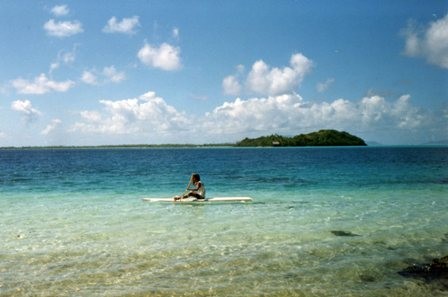
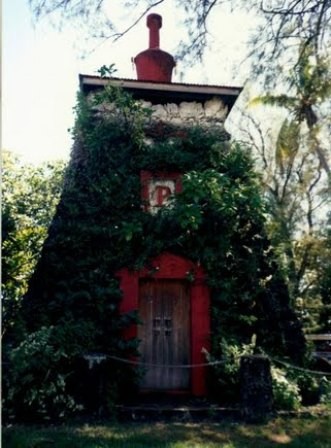
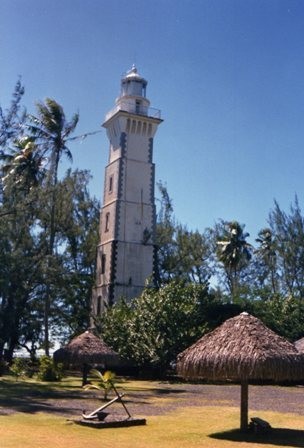

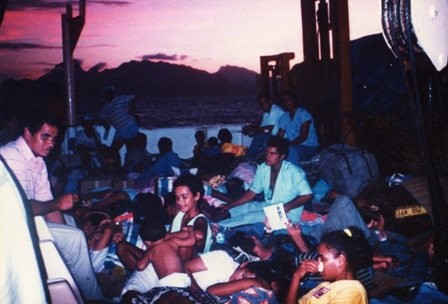

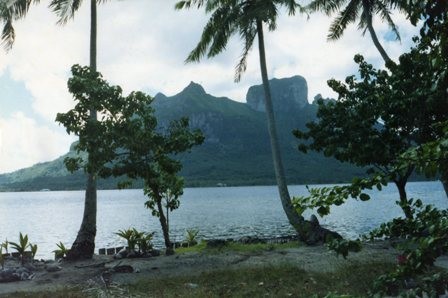
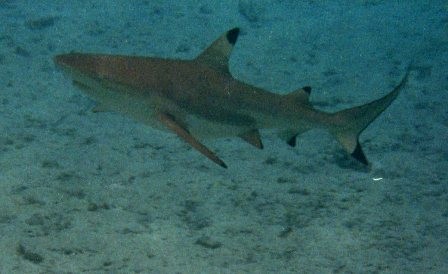
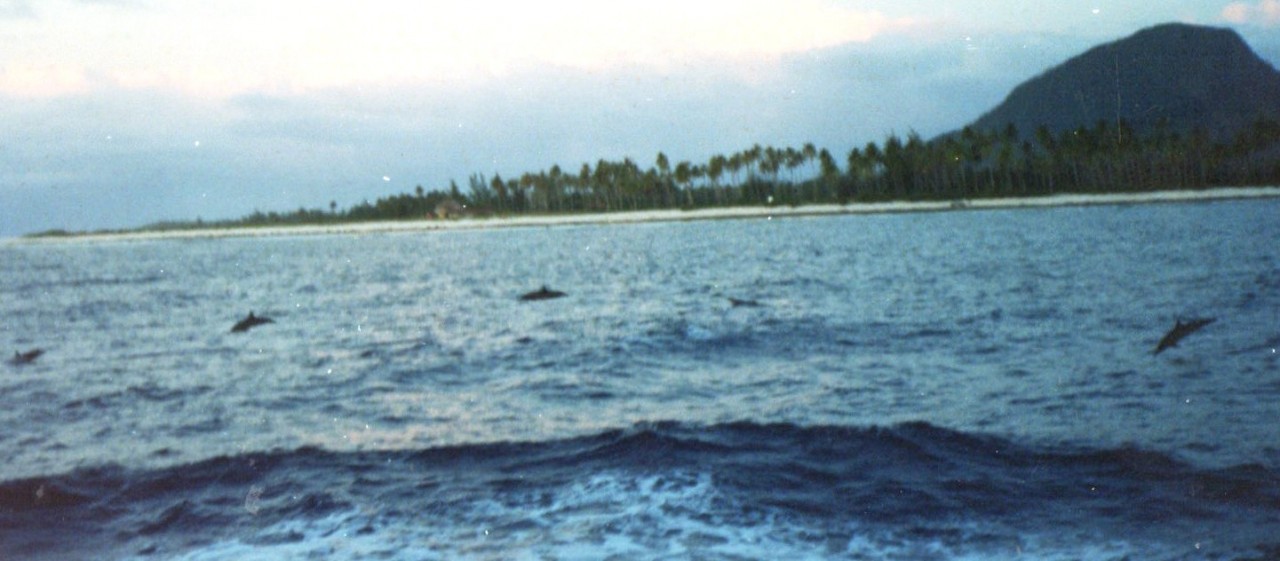



Comments
I did meet a rather dashing French guy on the inter-island ferry to Bora Bora (and there's a story to tell about him) and an Air New Zealand pilot on a lay-over in Tahiti, but I had a boyfriend at home so there was no romance. Lots of material for a novel though! Great idea Isabelle.
Wow, Emily, what a wonderful description. You really succeeded in transporting me to this land that time forgot!
What super memories for you.
Thanks for a really engrossing read.
What super memories for you.
Thanks for a really engrossing read.
Thanks Lyn. I'm glad you enjoyed reading it and yes, they are super memories - although the "hut of horror", I'd really like to forget!
A real trip of a lifetime. And such history too. Drinking milk from a coconut aaahh...